How to let your users choose the default signature on their own
While you might be using CodeTwo Email Signatures 365 to take advantage of the centralized signature management, you can still give your users a bit of freedom and allow them to choose a signature they want to use by default. In fact, this idea is not at odds with having control over users’ signatures because it’s still you who designs the signatures.
Such an approach is especially useful if:
- your organization’s structure is complex and management via Microsoft 365 groups is difficult;
- you have groups of users that want to use different signatures because they work for different branches, speak different languages, or contact different groups of customers;
- certain departments (such as Sales or Marketing) change their email signature periodically, e.g. use another signature to promote current offers or during a holiday season.
Read on to learn how CodeTwo custom attributes can help you deal with this use case. If you would like to see how to achieve a similar result with keywords (cloud/server-side signatures only), see this article.
Basics
This article shows how to configure CodeTwo Email Signatures 365 for a specific email signatures usage scenario. If you need more basic information, use the links below:
How to configure the program for this scenario
In this example, we’ll create two signatures – one in English and one in German – your users will be able to choose, depending on which language they use when contacting their customers.
Create a custom attribute for choosing the signature
The general idea behind this example of use is as follows: first, you need to create a CodeTwo custom attribute. Next, your users will be able to decide which signature they want to choose by typing an appropriate value for the attribute.
To start, sign in at attributes.codetwo.com with your Microsoft 365 global admin credentials. The Attribute visibility settings page will appear.
If you use the manager for the first time, you need to consent to permissions requested by our web app on behalf of your organization.
In the CodeTwo custom attributes section, click the Add button. Type the name of the attribute, e.g. My chosen signature, and click ADD (Fig. 1.).
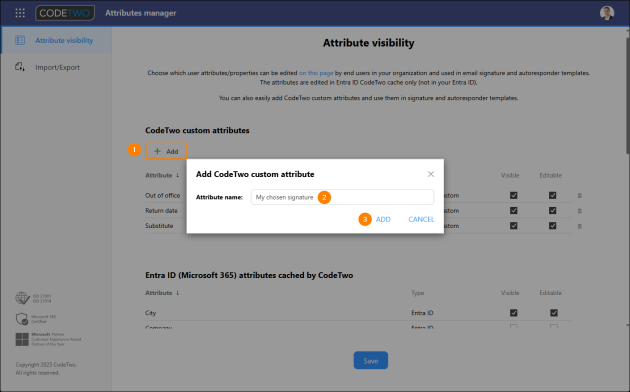
Fig. 1. Creating a custom attribute whose value (selected by users) will determine signature choice.
Once you’ve created the custom attribute, make sure that checkboxes Visible and Editable next to it are selected (Fig. 2., item 1). That way, your users will be able to see the attribute and edit its value. Finally, click Save to apply your configuration (Fig. 2., item 2).
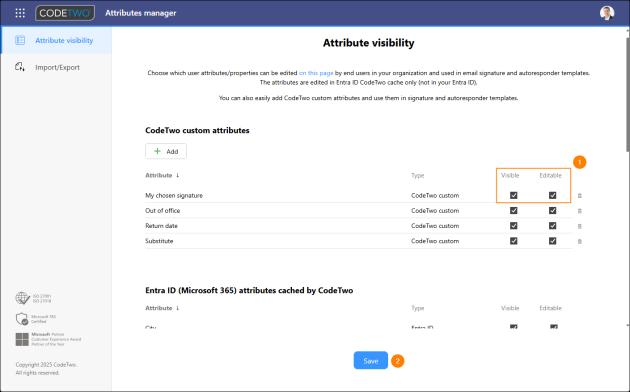
Fig. 2. Making sure that users can see and modify the attribute's value.
When the CodeTwo custom attribute is configured, you can move on to creating two (or more) email signatures your users will be able to choose from.
Create email signature templates
Sign in at app.codetwo.com to create signature rules for adding email signatures. Use the links below for general instructions for creating:
For this use scenario, the following additional steps are required:
- For users to choose the default language version of their signature out of two, you need to create two signature rules (see Fig. 3.) that will add different signatures to emails:
- one in English – you can name it English signature, and
- one in German – you can name it German signature.
If you want your users to be able to select different default signature from more than 2 templates, create additional signature rules.
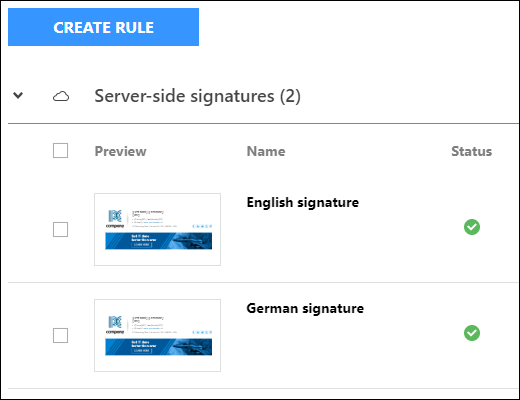
Fig. 3. Two signature rules with different language versions of the default signature to choose from.
- In the Senders step, go to Add > Azure AD filter (Fig. 4.).
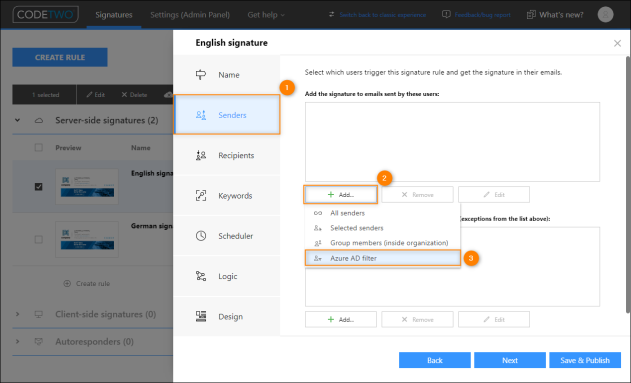
Fig. 4. Choosing the Azure AD filter condition.
- Now, configure the Azure Active Directory filter as follows:
- Click the User AD field drop-down list and choose the custom attribute you created earlier. In our example, this will be My chosen signature (Fig. 5., item 1).
- Choose Equals as the Operator (Fig. 5., item 2).
- In the Value text field, type the value your users will need to enter later on to choose their default signature. For the English signature, type English (Fig. 5., item 3); when configuring the German signature, type German instead.
- Click the Add to list button to add the condition.
- Click OK to finish.
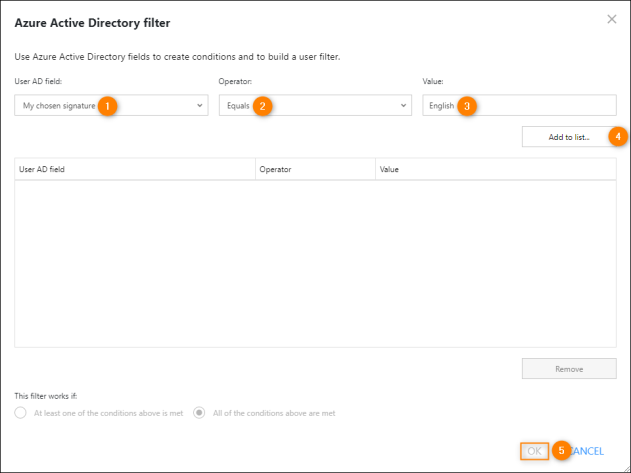
Fig. 5. Adding the condition that activates the rule based on a CodeTwo custom attribute value provided by a user.
- (Optional) Configure additional conditions in the Recipients and Keywords steps.
- Leave the default settings in the Logic step. That way, regardless of which signature a user chooses (and which mode they use), it will be used as the default one.
Important
In the case of an Outlook (client-side) signature rule, make sure that the two options to use the signature as the default for new messages and replies/forwards are selected. Learn more
- Go to the Design step and create a different signature template (in this example – in English and German) for each of your rules.
Result
When everything’s up and running, you need to inform your users about the possibility to choose their default signature by emailing them the following instructions.
Here’s how you can choose which language version of the email signature you want to use by default:
- Sign in at user.codetwo.com using your Microsoft account credentials.
Info
If you use the editor for the first time, you might need to consent to permissions requested by the web app.
- Look for the My chosen signature field, and type the following value into it:
- English if you want your default signature to be in English (Fig. 6., item A),
- German if you want your default signature to be in German (Fig. 6., item B).
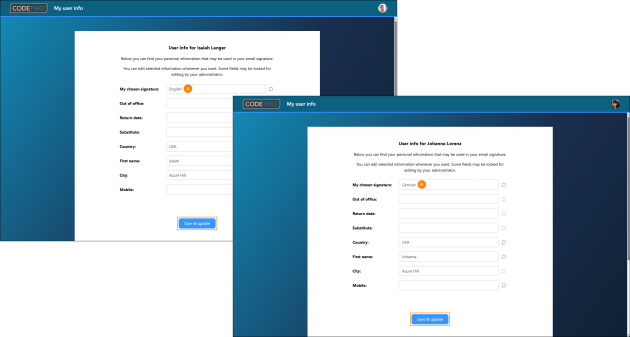
Fig. 6. Choosing the default signature on the My user info page.
- Once you’ve typed the desirable value, click Save & update (see Fig. 6.) to apply your settings.
- From now on, your default signature will be in the language you chose in step 2 above (Fig. 7.).
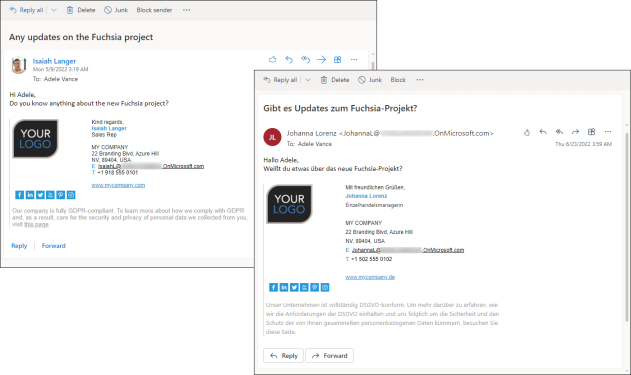
Fig. 7. The language version of a signature depends on what users set on the My user info page.
See also
How to add signatures in different languages - find out how to manage multiple-language email signatures and automate the process of adding them.
How to add different signatures to messages sent by different users - learn how to configure our software to add different signatures for different senders, including senders belonging to a group.
How to let users enable/disable autoresponders - see how you can combine the Autoresponder feature and CodeTwo custom attributes to give your users control over their automatic replies, including OOFs.
In this article